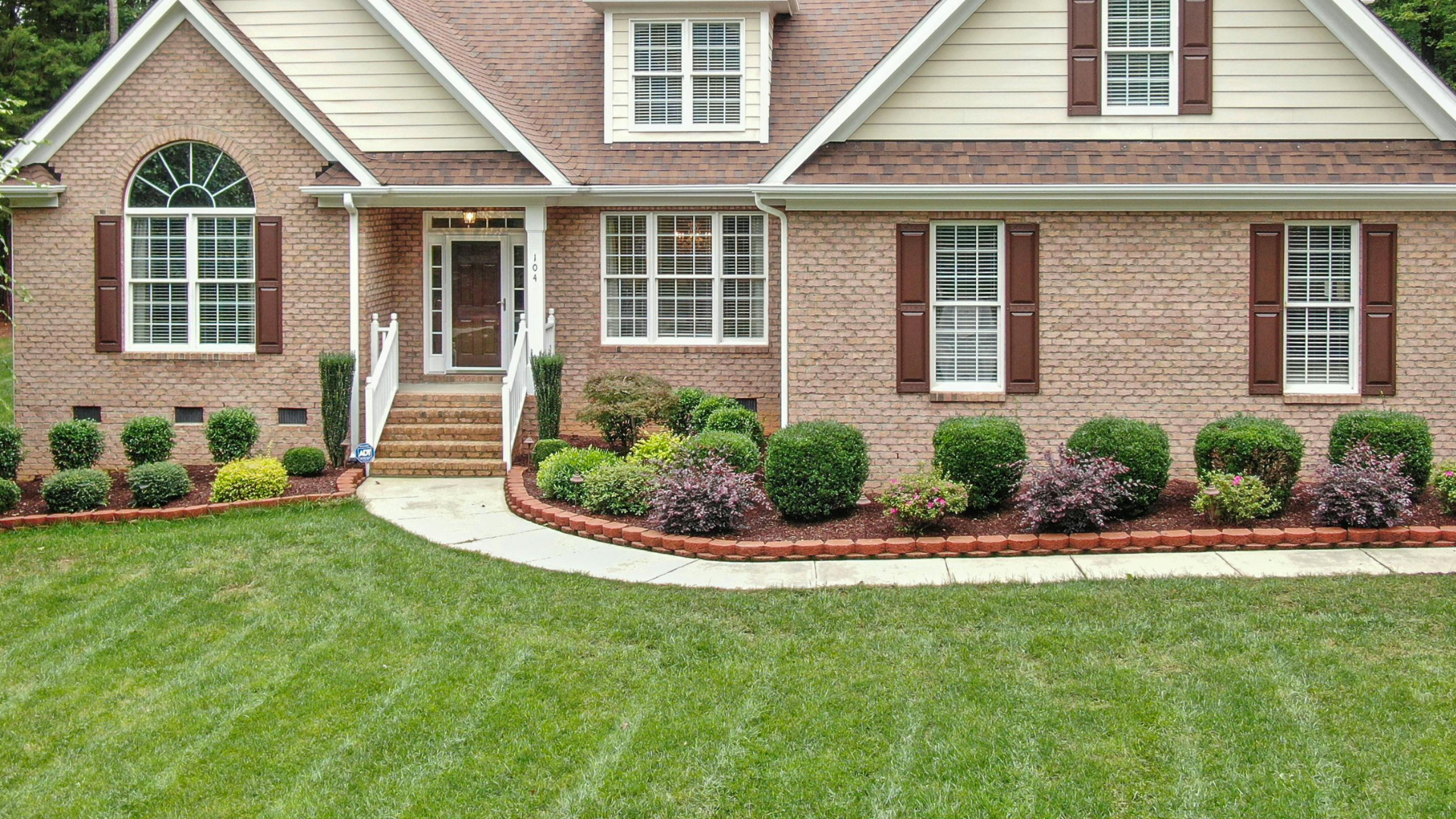When choosing the right flooring for your home in East Texas you will want to consider both style and practicality. The region’s hot, humid climate can cause wear and tear on certain materials, so in this blog I will help you choose options that are durable and moisture-resistant. Whether you’re remodeling or building new, the right flooring will make a significant difference in your home’s longevity and comfort.
Here’s a guide to help you choose the best flooring materials that can stand up to the heat and humidity while maintaining great aesthetics.
Tile Flooring: Durable and Water-Resistant
Tile is one of the most durable and moisture-resistant flooring options, making it perfect for East Texas homes. Ceramic, porcelain, and natural stone tiles can withstand the region’s humidity without warping or degrading over time. Tile is also incredibly easy to clean, which is ideal for homes exposed to dirt and mud during East Texas storms.
Pros
- Highly resistant to moisture
- Long-lasting and durable
- Available in a wide range of styles and colors
Cons
- Cold underfoot (you might need rugs for comfort)
- Grout can require maintenance over time

Luxury Vinyl Plank (LVP): The Best of Both Worlds
Luxury vinyl plank (LVP) has become a favorite for East Texas homeowners because it mimics the look of wood or stone while being highly water-resistant and durable. LVP is perfect for areas prone to humidity and moisture, such as kitchens, bathrooms, or mudrooms. It’s also softer underfoot than tile, making it a comfortable yet stylish option.
Pros
- Water-resistant and perfect for humid climates
- Affordable and easy to install
- Mimics the appearance of wood or stone
Cons
- Lower-end vinyl may not be as durable over time
- Can fade in direct sunlight

Engineered Hardwood: A Stylish, Stable Option
Engineered hardwood offers the look of real wood but is more stable in East Texas’ humid conditions than solid hardwood. This flooring type consists of a thin layer of hardwood on top of a plywood or high-density fiberboard (HDF) core, which makes it more resistant to warping and moisture issues. If you love the appearance of natural wood but need something more practical, engineered hardwood is a great compromise.
Pros
- Real wood appearance
- More moisture-resistant than solid hardwood
- Can be refinished a few times
Cons
- More expensive than vinyl or tile
- Susceptible to moisture damage if not properly sealed

Laminate Flooring: Affordable and Durable
Laminate flooring is a budget-friendly option that can mimic the look of wood or tile. It’s designed with a protective top layer that makes it resistant to scratches and dents, though it’s not as moisture-resistant as vinyl or tile. If installed in lower-moisture areas like living rooms or bedrooms, laminate flooring can be a durable and cost-effective choice for East Texas homes.
Pros
- Cost-effective
- Scratch-resistant
- Easy to install and maintain
Cons
- Not ideal for high-moisture areas
- Susceptible to warping in humid conditions

Concrete Flooring: Modern and Moisture-Proof
For those looking for a modern or industrial aesthetic, concrete flooring can be an excellent choice for East Texas homes. Concrete is highly durable, resistant to moisture, and can be polished or stained to achieve a stylish finish. It’s especially popular in areas prone to flooding or high humidity because of its water resistance.
Pros
- Completely water-resistant
- Durable and low-maintenance
- Can be customized with stains, dyes, or textures
Cons
- Cold and hard underfoot
- Can crack over time without proper sealing

Final Thoughts
When choosing flooring for your East Texas home, consider materials that can handle high humidity, moisture, and temperature fluctuations. Tile, luxury vinyl plank, and engineered hardwood are excellent choices for durability and moisture resistance, while concrete offers an industrial look with excellent longevity. Be sure to select a material that not only fits your aesthetic but will also stand up to East Texas’ climate for years to come.


